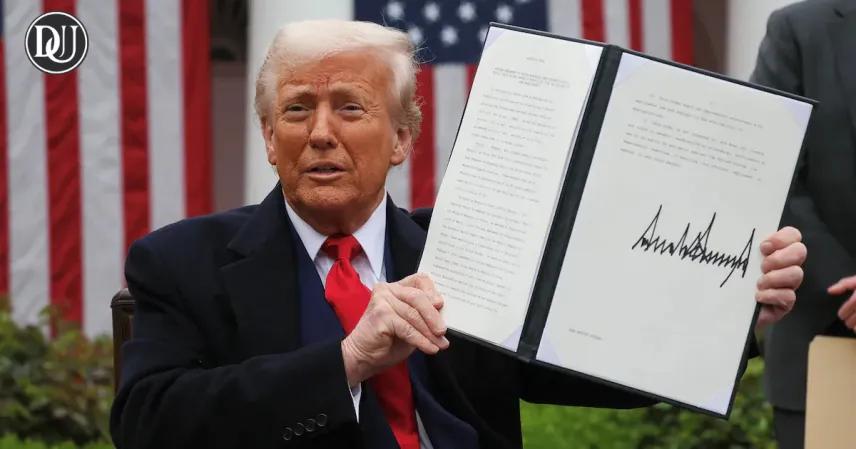In a move shaking up global trade, former U.S. President Donald Trump has announced a 26% tariff on Indian imports to the United States. This decision is part of his "reciprocal tariff" strategy aimed at balancing trade terms with countries he claims have long benefited from unfair advantages.
What Sparked the Tariff?
Trump’s approach is based on the idea that the U.S. should match or exceed the tariffs imposed on its goods abroad. India, being one of America’s major trading partners, has often been criticized by Trump for its high import duties on American products. While he expressed personal respect for Indian leadership, he made it clear that trade fairness takes priority.
Which Sectors Will Be Hit?
This sudden 26% tariff is likely to directly impact Indian exports, especially in sectors like:
-
Textiles & Apparel: A major contributor to India's exports to the U.S.
-
Pharmaceuticals: An industry heavily reliant on American markets.
-
Agriculture & Food Products: Often exported in large volumes to the U.S.
With these higher tariffs, Indian products may become more expensive in the U.S., reducing their competitiveness.
How Is India Responding?
The Indian government is keeping a close eye on the situation. Officials have stated they are assessing the impact and may consider possible countermeasures or negotiations. Cabinet meetings are being held to explore diplomatic and economic responses, with an emphasis on protecting key industries.
New Trump tarrifs 😀 pic.twitter.com/fo1BHIMhNd
— Devana 🇺🇦 (@DevanaUkraine) April 9, 2025
What Does This Mean for You?
For businesses, this could mean higher costs, fewer export opportunities, and tighter margins. For consumers, imported goods from the U.S. could also see price hikes if trade tensions escalate both ways. It’s a development that may impact jobs, pricing, and economic confidence in the short to medium term.










